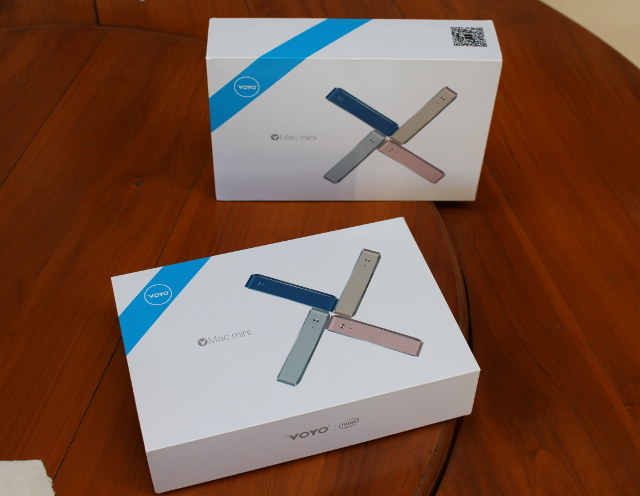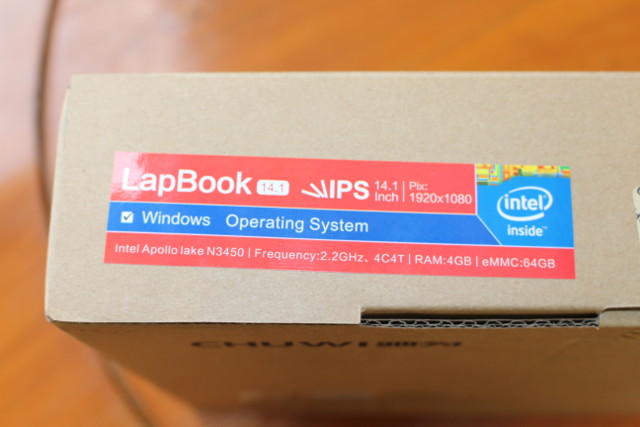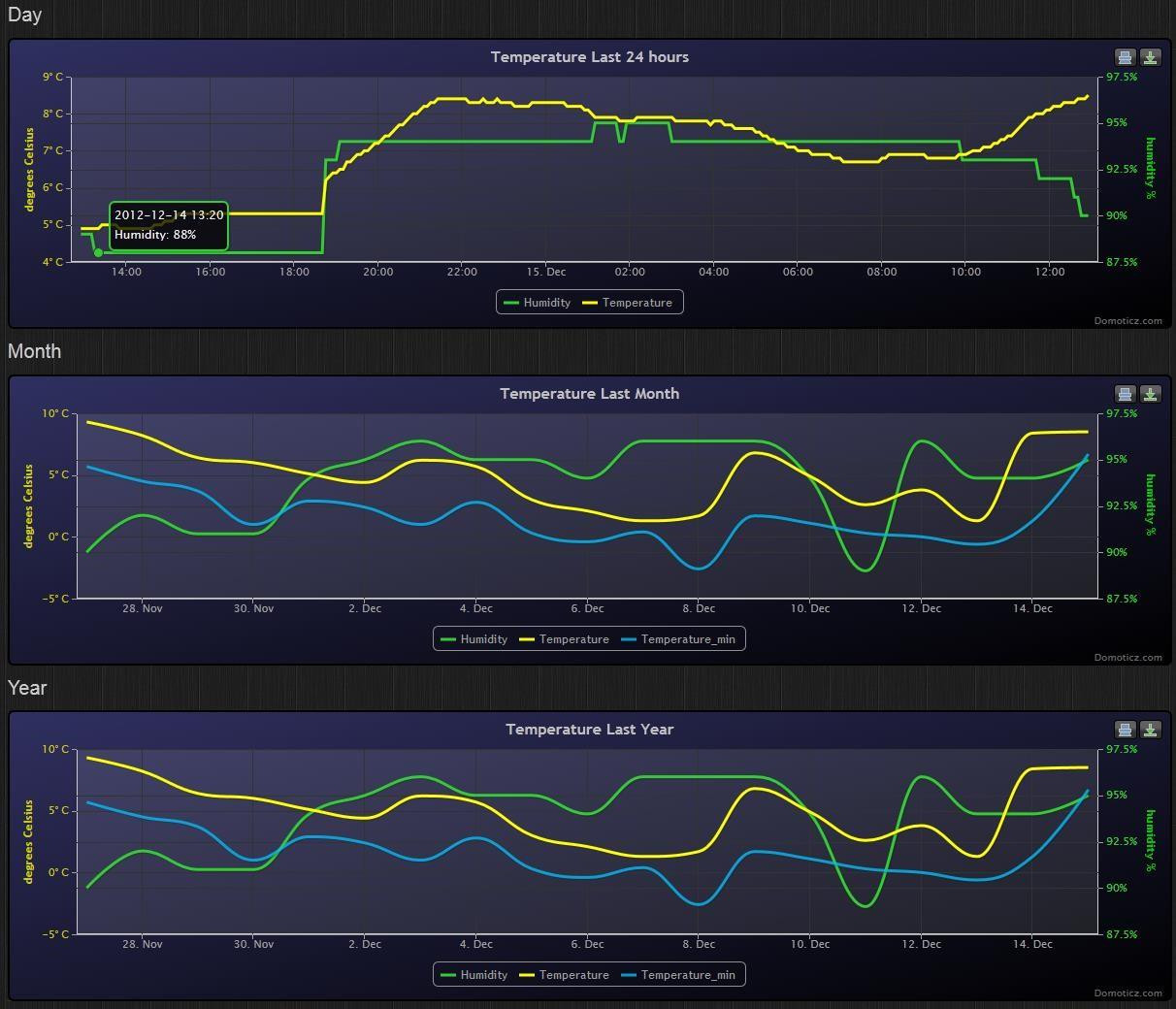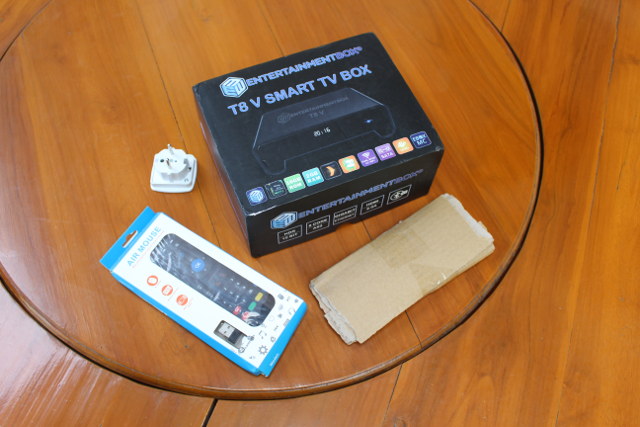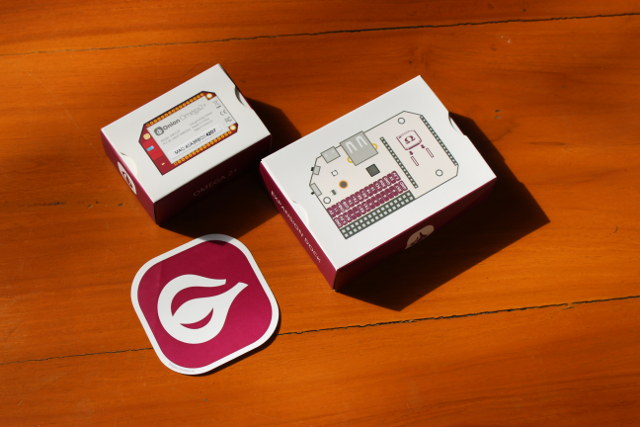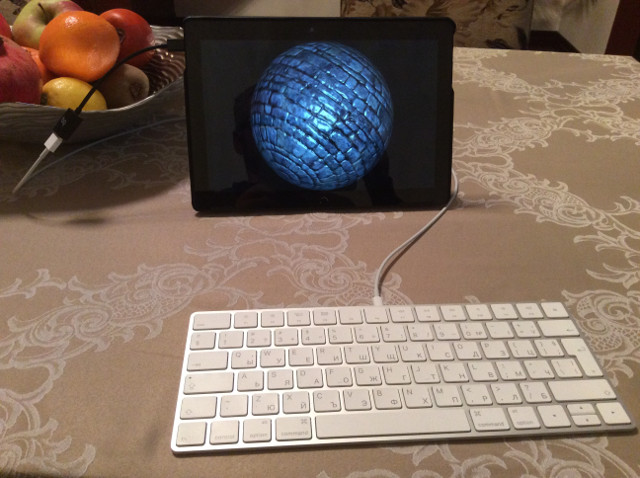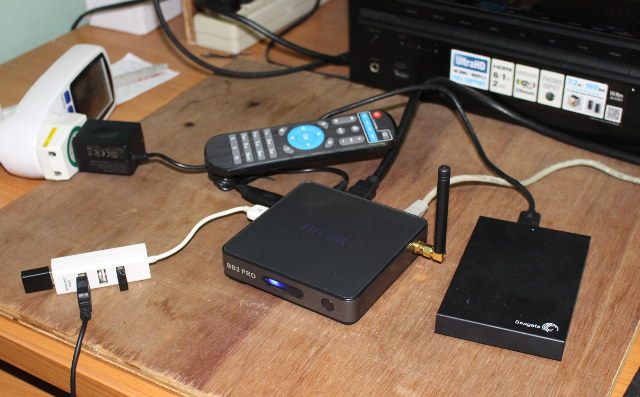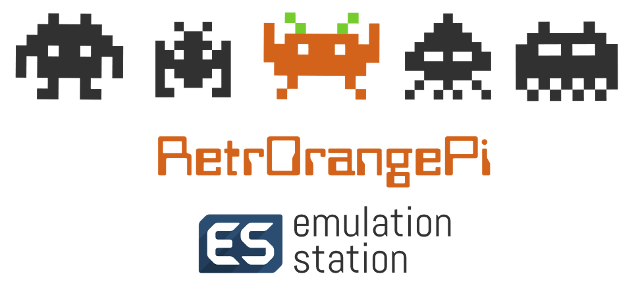I received my first Apollo Lake device yesterday with CHUWI LapBook 14.1 laptop, and today I got two more with Voyo VMac Mini powered by Intel Celeron N3450 processor sent by GeekBuying, and the version powered by the more powerful Pentium N4200 processor sent by GearBest. I’ll start by checking out the hardware today, before reviewing one of the models, and comparing performance through benchmarks for both mini PCs a little later. Voyo VMac Mini Unboxing Both packages look identical, but the N3450 model has a sticker with basic specs, while the N4200 model did not have anything to indicate which model I received. However, GearBest left a paper inside the package confirming they sent the N4200 version. When I first read the markings on the package, I read “Mac Mini” instead of “VMac Mini”, so if you happen to live in a country where customs care about those things, […]
CHUWI LapBook 14.1 Apollo Lake Laptop Review – Part 1: Unboxing & (Partial) Teardown
CHUWI LapBook 14.1 is one the first Intel Apollo Lake laptop launched in the market. It features an Intel Celeron N3450 quad core processor coupled with 4GB RAM and 64GB storage, and comes with a 14.1″ Full HD IPS Display. The company sent me a sample for review, and I’ll start by checking out the hardware today, before running some tests in Windows 10, and trying to install Ubuntu 16.04 later on. CHUWI LapBook 14.1 Unboxing I received the device in what looks like CHUWI standard package for 14″ laptops, but a sticker on the stop made it clear which model I got.The laptop comes with a 12V/2A power supply and power cord, a user manual in English and Chinese, a warranty card, and a product inspection report. The laptop battery is nearly fully charged, so I started it. I could not find any keys to adjust the display brightness, […]
How to Install Domoticz Home Automation System in NanoPi NEO and Other ARM Linux Boards
I’ve recently started experimenting with IoT projects, and the first hurdle is to select the hardware and software for your projects are there are simply so many options. For the hardware your first have to choose the communication protocols for your sensors and actuators, and if you are going to go with WiFi, ESP8266 is the obvious solution, used together with your favorite low cost Linux development board such as Raspberry Pi or Orange Pi to run some IoT server software locally or leveraging the cloud. But the most difficult & confusing part for me was to select the server software / cloud services as there are just so many options. I prefer having a local server than something running only in the cloud, as my Internet goes a few hours a month, so I started with a solution combining ThingSpeak with MQTT gathering data from Sonoff power switches running […]
Review of Ebox T8 V Amlogic S912 TV Box with SATA Bay – Part 1: Specs, Unboxing and Teardown
Last summer I reviewed Ebox T8-4, an Android TV box based on Amlogic S905 processor sold by entertainmentbox.com and geared towards the UK market. Although it had some of the typical issues with HDMI audio pass-through, I found the box easy to setup, and potentially interesting for UK viewers since popular IPTV apps were pre-installed. It also came with a SATA bay but for some reasons I never managed to have either a 1TV HDD or 128 GB SSD recognized by the system. Nevertheless, the box is now used full time by another person who seems to be quite happy about it, especially since it comes with an air mouse and a gamepad, and good support. The company has now sent me their updated model, Ebox T8 V, with very similar features but instead equipped with Amlogic S912 octa-core processor. Before checking the firmware, I’ll have a look at the […]
Getting Started with Onion Omega2+ LEDE WiFi IoT Board and Expansion Dock
Onion Omega2 LEDE (OpenWrt fork) WiFi board is powered by Mediatek MT7688 MIPS SoC, targets IoT projects, and sells for as low as $5. There are actually two versions: Omega2 with 64MB RAM, 16MB flash, and Omega2+ with 128MB RAM, 32MB flash and a micro SD slot. Onion sent me the latter for review, together with an expansion dock that allows powering up the board though USB , and adds a USB host port, an RGB LED, buttons, and access to GPIO via a female header. In this quick start guide, I’ll start by taking some unboxing pictures, and then report my experience following the documentation to configure the board, blink the RGB LED, and control a LED on a breadboard using a GPIO from the header. Onion Omega2+ Unboxing I received the two boards in their respective package, and which are both stored in anti-static bags. Let’s check Onion […]
Self-hosted OpenGL ES Development on Ubuntu Touch
Blu wrote BQ Aquaris M10 Ubuntu Edition review – from a developer’s perspective – last year, and now is back with a new post explaining how to develop and deploy OpenGL ES applications directly on the Ubuntu Touch tablet. Ever since I started using a BQ M10 for console apps development on the go I’ve been wanting to get something, well, flashier going on that tablet. Since I’m a graphics developer by trade and by heart, GLES was the next step on the Ubuntu Touch for me. This article is about writing, building and deploying GLES code on Ubuntu Touch itself, sans a desktop PC. Keep that in mind if some procedure seems unrefined or straight primitive to you – for one, I’m a primitive person, but some tools available on the desktop are, in my opinion, impractical on the Touch itself. That means no QtCreator today, nor Qt, for […]
Mecool BB2 Pro Review – TV Box with DDR4 Memory – Part 2: Android Firmware, Benchmarks, Kodi
Most Android TV box comes with DDR3 or DDR3L memory, but Mecool BB2 Pro comes instead with 3GB DDR4 memory that’s supposed to offer 50% increased memory bandwidth. That’s why I was interested in reviewing the box. I’ve already checked out BB2 Pro hardware in the first part of the review, so the second part will focus on the firmware, video playback in Kodi 17, and benchmarks to find out if there’s any improvement over other Amlogic S912 using DDR3 memory. It’s not the first DDR4 box I’ve tested however, as Eweat R9 Plus powered by Realtek RTD1295 processor also included DDR4 memory, but based on my tests, there’s was no noticeable differences with Zidoo X9S based on the same processor, but with DDR3 memory. But this time, we’ll see if it is any different with Amlogic platforms. First Boot, Settings and First Impressions I connect a USB 3.0 hard […]
RetrOrangePi 3.0 Retro Gaming & Media Center Firmware Released for Orange Pi H3 Boards and Beelink X2 TV Box
RetrOrangePi is a Linux distribution based on armbian transforming Allwinner H3 boards – mostly Orange Pi boards, but also Banana Pi M2+ and NanoPi boards – into entertainment centers to play retro games, and watch/listen media files (videos/music) using Kodi. If you don’t have a development board, or would prefer a complete solution with casing and power supply, Beelink X2 TV box is also supported. The developers had been recently working on rectifying some GPL issues, and they have released RetrOrangePi 3.0 images right before Christmas. RetrOrangePi 3.0 changelog and key features: Full Armbian 5.23 Jessie Desktop version with kernel 3.4.113 (backdoors fixed) Slim version 1st release (less than 2 GB) coming soon OpenELEC (Kodi Jarvis 16.1) with CEC support by Jernej Škrabec RetroPie-Setup version 4.1 New Kodi Krypton beta6 version New emulationstation-ROPI branch forked from jacobfk20 with gridview, on screen keyboard with easy wifi config and storage check with […]


